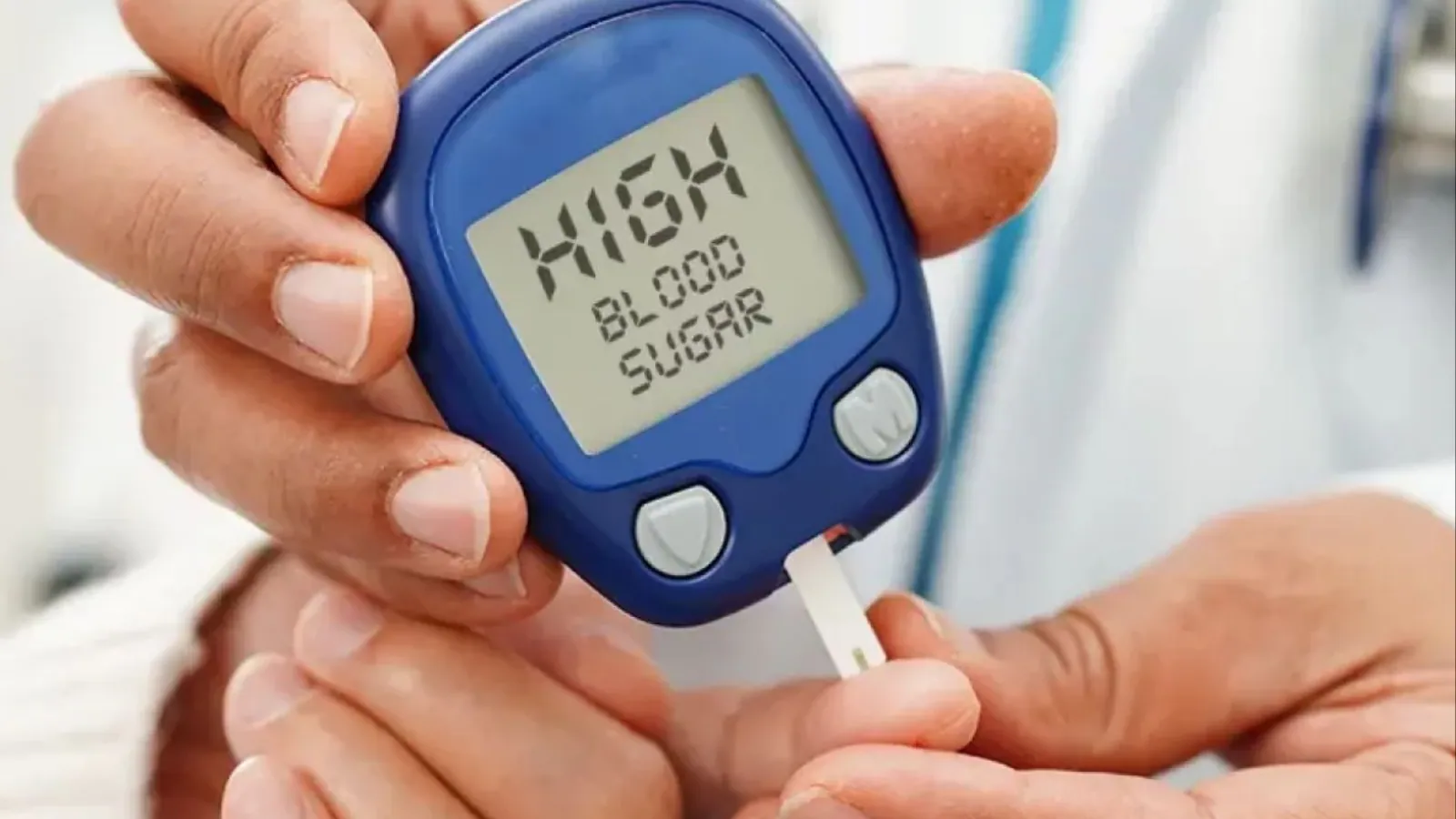Copyright news18

India’s diabetes burden is both vast and uneven. The latest ICMR–INDIAB estimates suggest that more than 101 million people live with diabetes, and about 136 million are at high risk. Behind those numbers sit very ordinary routines and the quiet question many ask each morning: Am I in range today? From Fear to Informed Action World Diabetes Day is a good moment to move the conversation from wondering to navigating. Continuous Glucose Monitoring (CGM) and connected tools have changed what is possible. They show how meals, sleep debt, stress spikes, and activity actually shift glucose levels in real time, so decisions are based on signals rather than guesses. As Neeraj Katare, CEO and founder, Tracky, puts it, “The goal is not just to live with diabetes, but to navigate it intelligently. Real-time insight helps people act before problems escalate.” He further adds, “The value is practical. Studies link CGM with improved HbA1c, more time in range, and fewer hypoglycemic episodes when devices are used consistently and paired with coaching. That consistency is where technology and habits meet. The monitor is not a magic fix; it is a feedback loop that makes good choices easier to repeat.” Why Women Need Tailored Tracking Women often experience glucose variability that men do not, due to hormonal shifts across puberty, pregnancy, postpartum, and menopause, along with conditions such as PCOS. That variability does not have to be frightening, if it is visible. “Smart tracking moves care from restriction to informed freedom,” notes Dr Poonam Behal, Consultant, Obstetrics and Gynecology, Apollo Cradle and Children’s Hospital, New Delhi. She explains that gestational diabetes can appear without symptoms and carries risks for both mother and baby if unmanaged. Early screening, simple nutrition guidance, and short post-meal walks can make a meaningful difference. Modern trackers add a layer of safety by flagging trends before a clinic visit is due. What the Clinic Sees And Why It Matters The clinical shift is from one-off readings to patterns. “We need to move from reactive treatment to proactive, continuous management,” says Dr Samantha Sathyakumar, Senior Endocrinologist, Apollo Hospitals. “CGM and connected pens give patients and clinicians a clearer picture, which supports timely medication adjustments and fewer lows.” Access, Affordability, and What to Ask For Not everyone can afford a full-time CGM and not everyone needs one all the time. Many people benefit from focused cycles of tracking to map patterns, adjust routines, and then switch back to periodic checks. For those on insulin, clinician-supervised CGM is especially useful when doses or schedules change. For others, a mix of fingerstick checks, short-term CGM, and a simple activity log can still deliver strong gains. When choosing a device or app, ask three questions: Will it capture the data you will actually use trends, time in range, and alerts you can act on? Can your clinician access and interpret the information easily? Are privacy and data-sharing settings clear and under your control? A tool you can use consistently is better than a feature-rich one that gathers dust. Turning Awareness into Action Diabetes often feels like uncertainty. Data reduces that feeling. “Track smarter, live freer” is not a slogan; it is a method. See the pattern, try one small change, and check if it helped. Repeat until the routine feels natural. As Katare adds, “Insight in the moment helps people act ahead of a crisis.” That spirit applies to systems too: insurers can support outcome-linked coverage for CGM cycles, employers can encourage flexible meal breaks and short walks, and public programs can expand screening so fewer people are diagnosed late. A Day to Reset the Approach World Diabetes Day is not just about new tools, it is about using the tools that exist with steady habits and clear goals. Dr Behal’s reminder captures the tone, “Knowledge and balance create freedom.” Dr Sathyakumar underlines the same point from the clinic, “Proactive, continuous management improves outcomes when technology meets consistency.” The path forward is simple, if not always easy: know your numbers, choose a tracking approach you can sustain, share data with your care team, and keep meals, movement, sleep, and stress in view. The aim is not perfect control every day, it is fewer surprises and more days that feel predictable. Track smarter, live freer.



